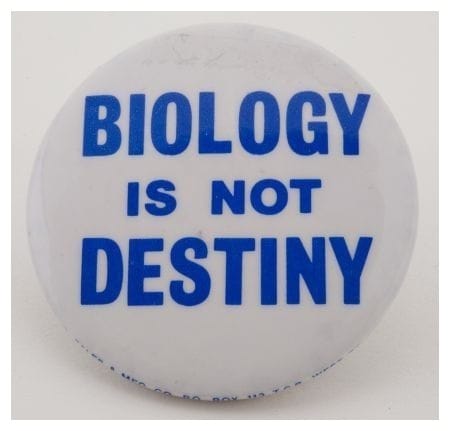Metaverse? The internet is already a computer game
People have been talking about making the internet into a virtual space since I was young and reading textbooks on VRML from the…
People have been talking about making the internet into a virtual space since I was young and reading textbooks on VRML from the information technology section in the library. The idea of “cyberspace" in terms of virtualised exploration dates back to William Gibson books in the 1980s, likely inspired both by combining the contemporary development of early research networks that would later become the internet as well as the first wave of computer games which allowed people to explore a very visual virtual space by controlling a graphic avatar inside of it. Since then it became a movie cliché during the 1990s and then fell out of fashion to have hacker scenes in movies feature the protagonists exploring a CGI computer network and filing system in order to steal the macguffin and save the day.
The visual metaphors of cyberspace are definitely compelling and easily accessible, but there’s a reason why this technology didn’t already take off 25 years ago.
Two things seem to repeatedly be lost along the way thinking about virtual spaces in pop culture:
- The power of hypertext (i.e. text marked up with structure and links to other pieces of text)
- The deep topological limitations of trying to express arbitrary information within a visually coherent 3-dimensional spatial metaphor.
I think on the first count, many people simply do not realise how powerful hypertext is. We had precursors to hypertext in the form of library filing systems and book indexes. These empowered a vast expansion of human knowledge long before the computer. Accelerated by the arrival of home computing, the internet and quality search engines, we have ways of navigating knowledge which are rapidly searchable, topologically unbounded (the linkages between different pieces of information can take on any shape people organising knowledge need them to) and virtually distanceless. When you embed a hyperlink between one document on the internet and another the distance to travel between these items reduces to a click, however far away the systems hosting them are. And yet even with this collapsing of distance everywhere between different pieces of information, the nature of text as text is extremely flexible. 30 years into the existence of the mainstream internet many of us have become adept at searching, using advanced search operators to refine information we are trying to find. Even people with few or no programming skills are able to pick this up fairly quickly. This makes us really fast at finding what we want to find, at getting in touch with each other and having the conversations we want to have.
So how do 3d cyber “spaces" compare? Well first of all to do anything you’ve got to design the visual field anywhere in a way that makes sense to spatial reasoning now. That restricts topologies for organising things to those which can reasonably be articulated in 3 dimensional projection. You also have to deal with the issue of people not coping very well with visual clutter — the more tightly packed information is visually, the less we’re able to scan it for the aspects we’re interested in. So consequently an important job for designing cyberspaces is choosing to create (virtual, but quite tangible) distance between things so that they’re comprehensible. No longer is the distance between two things cut to a click, but in order to make it work visually it needs to be stretched out artificially. I wait to see evidence that these virtual 3d interfaces are any more intuitive than text based ones and am on the fence about that.
Fundamentally also, there is an underrating of the fact that human beings already experience many textual spaces online as spaces. Twitter is a very open “space" where people congregate online, without having any meaningful walls or barriers between people participating in the general open forum nature of it. Much like the wider internet, social niches emerge within it based on free association between users. Networks of followers and followees within communities form nodes of shared intelligence and knowledge within the wider open whole. Black Twitter, Trans Twitter, Film Twitter, Philosophy Twitter and so on are largely open communities of more highly networked nodes.
Users navigate between different parts of this unwalled open forum largely by following people from a given community, following @handles quote tweets, retweets, and using the search functions. Disputes over unwanted contact between each other are largely resolved through a mixture of social opprobrium at a community level and blocking/muting features that allow users to elect to self-defend when necessary. These are virtual spaces for community built on text (and there are many others online, with other different features, I chose the one I’m most familiar with). There are also already an array of groups that mount raids on other groups within the textual spaces for their own entertainment (lolcow farmers, chan nerds, TERFs, and so on).
It’s pretty hard to imagine what adding a computer game interface would actually bring of value to the spaces we already have, without taking away from free open participation in creating those spaces.
PS: textual is also flexible. We now have machines that will mostly accurately translate text, convert text to speech for those who can’t read it on a screen or who are visually otherwise occupied, reformat it, change fonts or improve contrast in structured ways to make it more accessible without changing the underlying meaning. Text is intrinsically more accessible to humans for the same reason it’s easier to process and transform meaningfully with computers than graphical arrangements of the same information might be.


